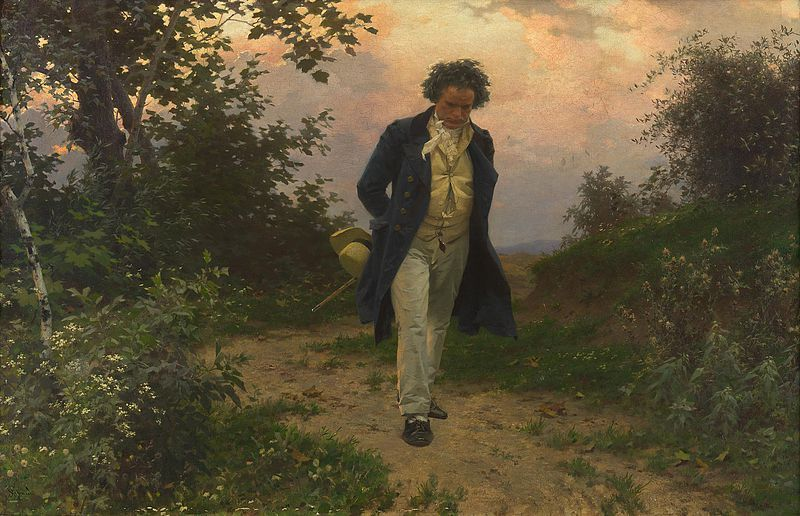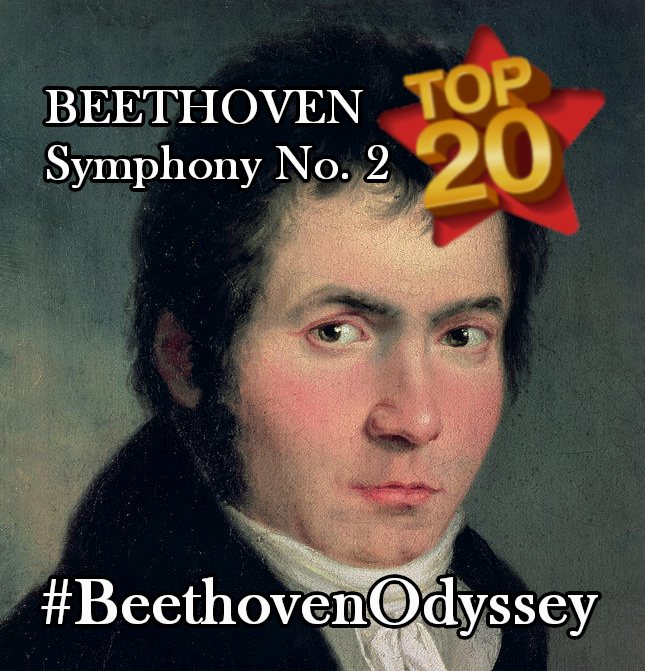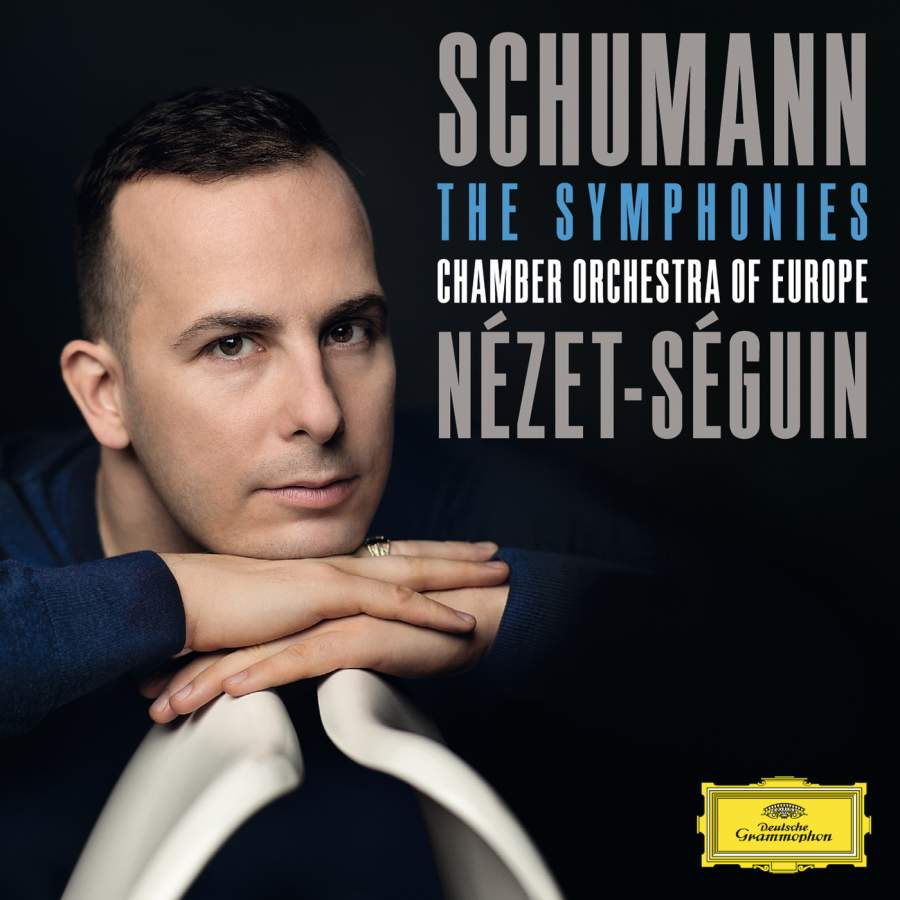
#TheCompleteBeethoven #447
Sonata for Piano & Violin in G major, Op. 96 (1812)
1/ The last of Beethoven's 10 violin sonatas is usually considered to be the last work of his middle period.
Sonata for Piano & Violin in G major, Op. 96 (1812)
1/ The last of Beethoven's 10 violin sonatas is usually considered to be the last work of his middle period.
2/ His last two sonatas, composed almost a decade apart, bookend Beethoven's Heroic Style. You can almost hear that style germinating in the Kreutzer's virtuosic display. The G major dissolves it away in a cloud of serene, ethereal lyricism.
https://twitter.com/deeplyclassical/status/1259728516783972352?s=20
3/ It took Beethoven several years to find his way fully onto the "New Path" that became his late style, but there are signposts towards it in the almost impressionistic inwardness of the earlier movements, and the spacious yet spirited variations that form the finale.
4/ Composed in the wake of the Seventh and Eighth symphonies, like them it betrays none of the turmoil Beethoven was going through at the time. However, his subsequent drop in output amounts almost to a creative silence.
https://twitter.com/deeplyclassical/status/1315529498230689798?s=20
5/ What was the reason? Stay tuned to #TheCompleteBeethoven to find out.
https://twitter.com/beethoven250/status/1315979082908217345?s=19
• • •
Missing some Tweet in this thread? You can try to
force a refresh













